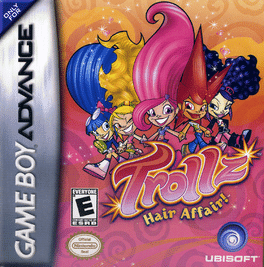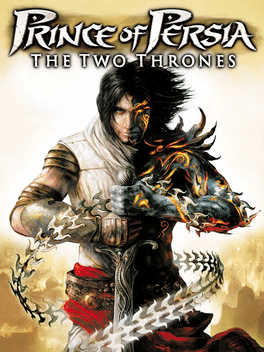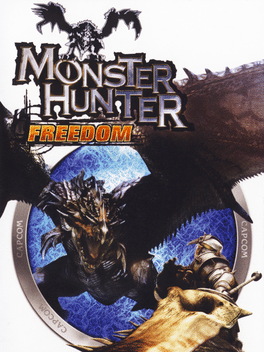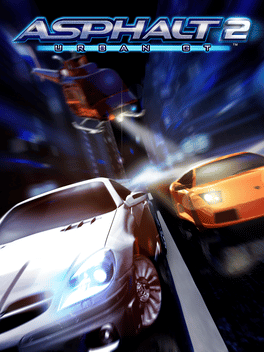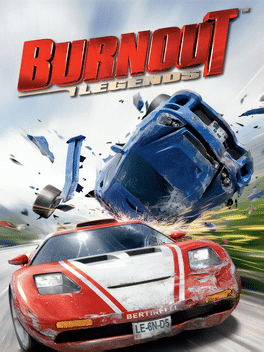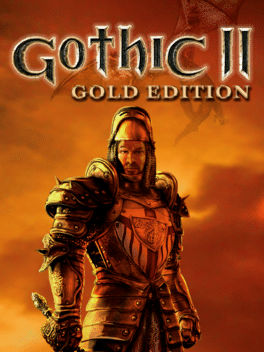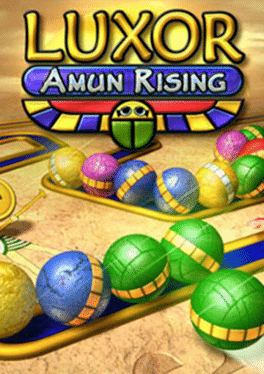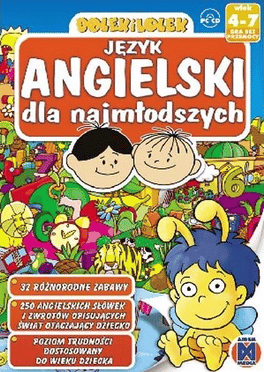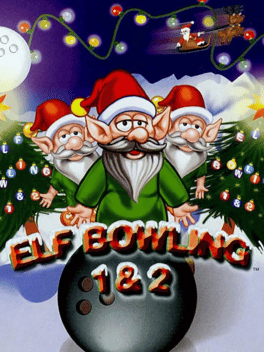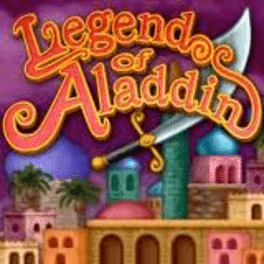New Games - Page 10342
-
Cinnamoroll Fuwa-fuwa Daisakusen
2005
Cinnamoroll FuwaFuwa Daisakusen is a Simulation game, developed and published by Rocket Company, which was released in Japan in 2005. -
Trollz: Hair Affair!
2005
Trollz: Hair Affair!
2005
Trollz: Hair Affair! is a Miscellaneous game, developed by Powerhead Games and published by Ubisoft, which was released in 2005. -
Homura
2005
Homura
2005
In Homura, you take control of a samurai in a fantasy take on Japan's Edo period, as the samurai flies through vertically scrolling shooting stages. You can make your samurai shoot, use a screen-clearing bomb and perform a slash with his sword. The slash move forms the core of Homura's gameplay, as by slashing enemy bullets, you can send them back at the enemy. Homura features multi-form bosses and four stages of play, with stages one through three branching off into multiple paths. The game is based on an arcade title. -
SD Gundam Gashapon Wars
2005
star 4.5A whimsical, Gundam-based strategy game with real-time combat. It features characters and Mobile Suits from the original, Zeta, SEED and SEED Destiny series. -
Prince of Persia: The Two Thrones
2005
star 8I returned home expecting peace. Instead, I found my kingdom ravaged by war and my people enslaved. Now I am a fugitive, hunted by hostile armies and plagued by a curse that is gradually possessing my soul. A darker Prince resides in me now. And I must embrace his powers and skill if I want to restore peace to my land, my people, and my soul. -
Monster Hunter Freedom
2005
star 7Known as "Monster Hunter Portable" in Japan, Monster Hunter Freedom is essentially a PSP version of the preceding expansion to the original game, Monster Hunter G. As such it features very similar content, reworked to be a portable experience. Monster Hunter Portable does not features Minegarde Town from Monster Hunter and Monster Hunter G, and was focused around local multiplayer rather than online. As such, the game was completely rebalanced to be more friendly to solo players. The game features a single new monster that was not in the series prior, Yian Garuga. The game revolves around the player completing quests and gathering materials to upgrade their equipment in order to advance. The more rare the items and equipment, the stronger the main physical aspects of the character will be. Unlike other hack 'n' slash games, this game requires planning and skill in order to overcome large monsters instead of brute force. There are many weapons which the hunter can use to bring down the monsters, these are sword and -
Dragon Quest Heroes: Rocket Slime
2005
star 8Dragon Quest Heroes: Rocket Slime is based in the fictional world of Slimenia, specifically in the capital city of Boingburg. It begins with four Slimes, Rocket, Hooly, Bo, and Swotsy, who are playing in front of the castle. Hooly has gotten his hands on a valuable flute, and in response to the flute being blown by Rocket, his father comes running over, forcing Hooly to stick the flute in Rocket's mouth. Afterward, an organization known as the Plob invades Boingburg, capturing 100 of its 101 inhabitants. Because he was distorted and long, the Plob mistakenly believed Rocket was not a Slime but a worm, and discarded him into Forewood Forest. There, Rocket begins his journey to rescue his fellow slimes, who have been locked up in large treasure chests. -
Tekken 5: Dark Resurrection
2005
star 8.3The hugely popular arcade and console fighting game, Tekken 5: Dark Resurrection is now available with an all-new ONLINE BATTLE feature! Take on other players from around the country, in full HD running at a smooth 60 frames per second! Prove who the real King of the Iron Fist Tournament is by checking the online rankings. Experience the pinnacle of fighting games as Tekken reaches into the "Online Vs." world for the first time ever! -
Ultimate Spider-Man
2005
Ultimate Spider-Man
2005
Ultimate Spider-Man is a mobile adaptation of the 2005 console game of the same name. It's a side-scrolling platform game where the player can choose to play as either Spider-Man or Venom. As Spider-Man the objective is to save the citizens of New York from Venom's evil rampage before the population is reduced to less than five. Meanwhile, Venom's task is to attack and feed on the citizens before eliminating Spider-Man. Regardless of the character chosen the game contains the same twelve levels with the objectives being the same in all. The gameplay is also similar for both characters with running, jumping and swinging with either web or tentacles. -
Gem Shop
2005
Gem Shop
2005
Handpick sparkling gems, match the colors, and keep the customers happy! Sell your gems and jewelry to anxious customers, but be sure to stay on your toes - if you keep the customers waiting too long, they'll start to complain. -
Asphalt: Urban GT 2
2005
Asphalt: Urban GT 2
2005
star 5Asphalt: Urban GT 2 shifts into gear with six game modes, numerous tuning possibilities, 30 tracks and 36 licensed cars and motorcycles - taking handheld racing simulations to a new level. To keep the action hot, Asphalt: Urban GT 2 features music from Moby and music and appearances from the Pussycat Dolls. -
Burnout Legends
2005
Burnout Legends
2005
Burnout: Legends takes the most explosive moments of the popular Burnout series of racing games, mashes them together and adds some new surprises -- giving you the best racing experience to come out for the DS. Use your car as a weapon and battle your way to the front of the pack - by taking out rivals and instigating spectacular crashes. Speed, depth and destruction are waiting for you, in the game of on-the-go automotive anarchy. -
Gothic II: Gold Edition
2005
star 9Gothic II: Gold Edition brings together the excitement of Gothic II and the add-on Night of the Raven to your fingertips! You have torn down the magical barrier and released the prisoners of the Mine Valley. Now the former criminals of the forests and mountains are causing trouble around the capital of Khorinis. The town militia is powerless due to their low amount of force–outside of the town, everyone is helpless against the attacks of the bandits. -
Luxor: Amun Rising
2005
Luxor: Amun Rising
2005
Use your mystical winged scarab to shoot magical spheres, making matches of three or more to destroy the approaching colored spheres. -
Bonnie's Bookstore
2005
Bonnie's Bookstore
2005
Bonnie's Bookstore is a word-puzzle game in the style of Bookworm. Help Bonnie in her career as a children's book author by stringing together letters to form words and score points. Play 50 levels inspired by classic fairy tales in either classic (untimed) or action (timed) play mode. -
Verliebt in Berlin
2005
-
Elf Bowling 1 & 2
2005
Elf Bowling 1 & 2
2005
This game is a compilation of two NStorm-developed mini-games: Elf Bowling and Elves in Paradise: Elf Bowling 2. Both games come with unchanged graphics straight from their flash-based originals. Elf Bowling is a standard bowling game, where the player as Santa hurls a bowling ball down an alley at belligerents elves. This is done by pressing a button at the right moment as a red cone moves left and right along the bottom of the lower screen. Elf Bowling 2 is a game of shuffleboard. The goal of the game is to hurl Elves down the deck into a score zone at the end of the ship. This is done by aiming the elf left and right with the D-pad, and hitting A-button at the right moment as a light slides across the grid in front of the player's character. -
Legend of Aladdin
2005


